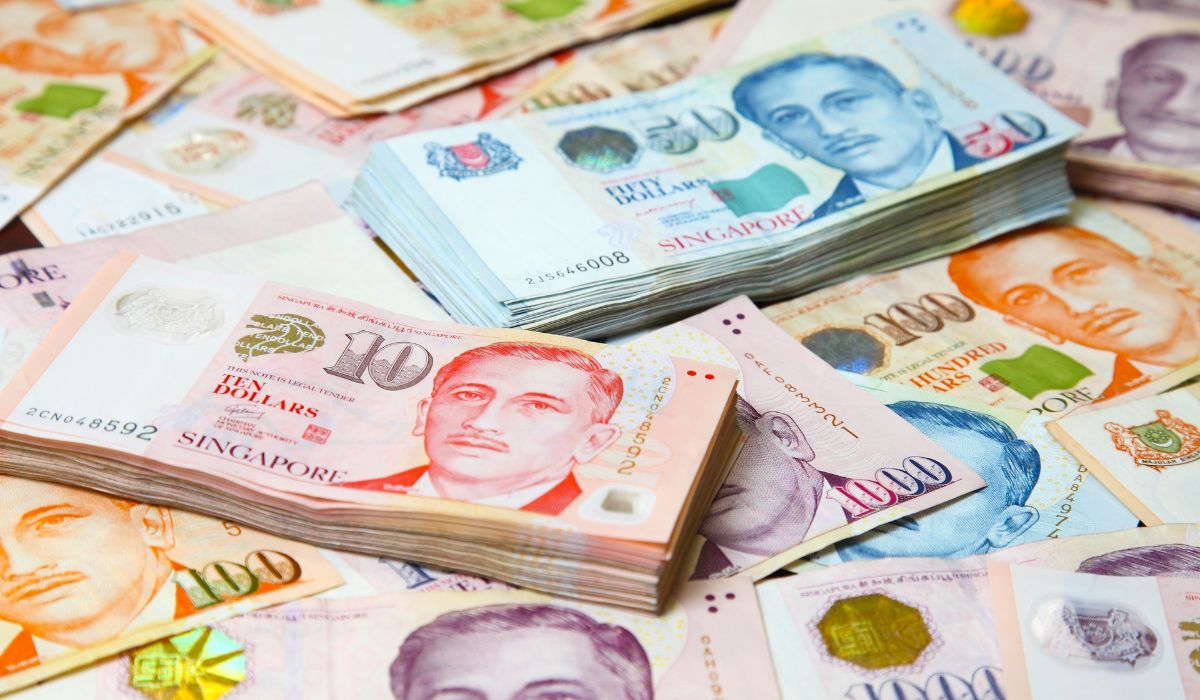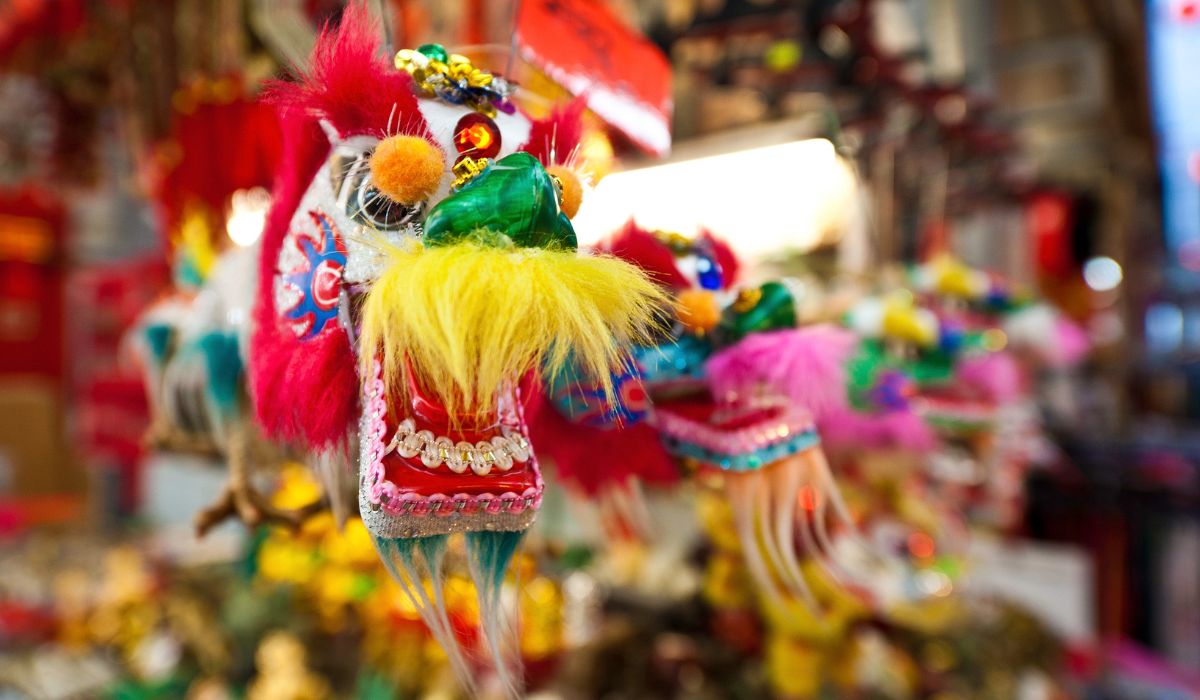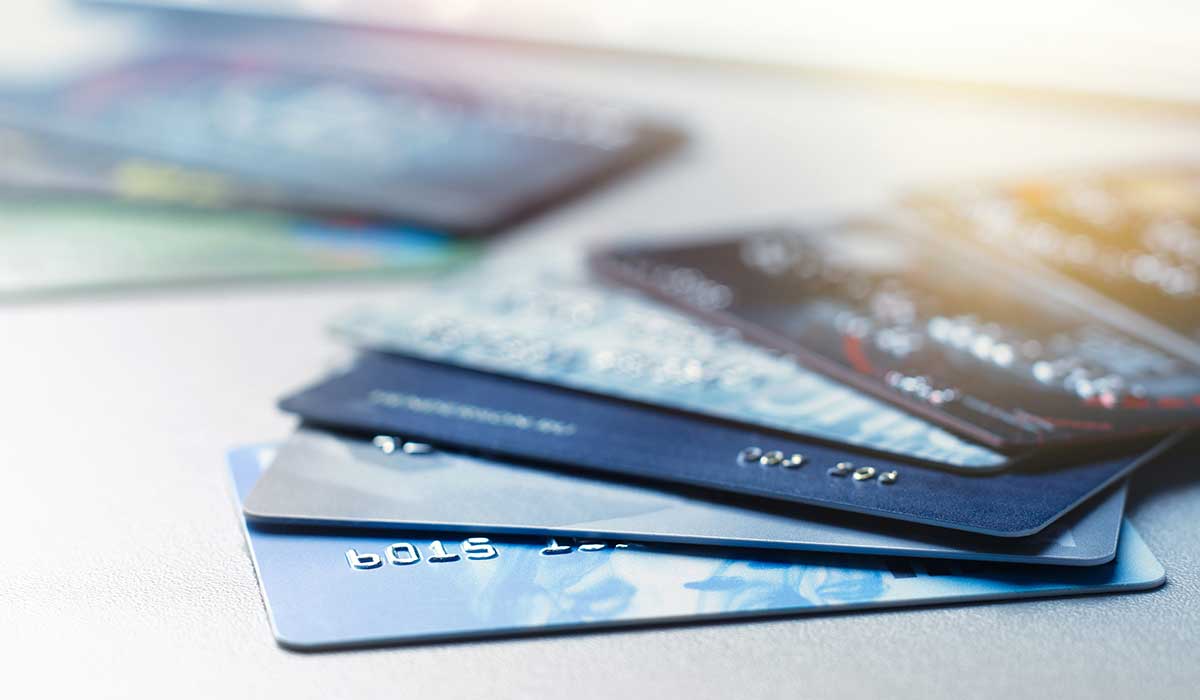SGQR 101
For many, cashless is the way to go. It saves users from the inconvenience of bringing so much cash, and from having to make ATM withdrawals when they don’t have enough. It is safe and comes with a lot of perks that one would not earn by paying in cash.
More From OMY: Best Debit Cards in Singapore
The COVID-19 pandemic has only brought the advantages of cashless payments to the trade industry’s front and centre. Contactless transactions have helped significantly in curbing the transmission and lessening the spread of the virus.
Singapore Quick Response (SGQR) Code leans further into this paradigm shift, going above and beyond.
Here at OMY Singapore, you will discover the following:
What is SGQR Code?
Launched in 2018, Singapore Quick Response (SGQR) Code is the first of its kind. SGQR is co-owned by MAS and Infocomm Media Development Authority. It combines multiple e-payment platforms into a single label. Instead of being a separate payment app or label, SGQR merely simplifies cashless transactions by unifying pre-existing systems.
SGQR is currently being offered by over 30 payment service providers. Anyone who has a mobile phone and data connection, as well as accounts with e-commerce payment options, can easily make payments through SGQR. One of the best things about SGQR is it offers no additional cost for customers.
What This Means for Merchants
According to MAS, the majority of merchants in the country now accept payments via SGQR. For customers to pay through SGQR, merchants must display the SGQR code in their stores, as opposed to displaying multiple payment options. Thanks to this QR Code Singapore, businesses can have less clutter in their limited retail spaces and fewer logistical constraints.
In short, SGQR provides merchants with an infrastructure that is easier to manage and maintain.
It is also a cheaper system to accept online payments from multiple labels. The inclusion of new QR payment options (both domestic and international) further makes this an advantageous and useful technology.
How to Pay Using SGQR
Here are the steps to pay through this QR code payment in Singapore.
Step 1: First, customers must launch their preferred payment app.
Step 2: Next, they must scan the SGQR code and check the merchant name.
Step 3: After entering the amount, they can pay what they owe to the store. They will receive a notification once their payment has been pushed through. Merchants will also receive a notification.
How SGQR Benefits Consumers
SG QR code payment is a game-changer for consumers in Singapore. It simplifies the payment process by allowing them to use one unified system for multiple payment options. This means that they no longer need to install different payment apps on their phones or carry multiple cards in their wallets. All they need is their mobile phone and a data connection.
More From OMY: Cards considered as Singapore’s top e-commerce payment method
Another advantage of SGQR is that it is free for consumers to use. There are no additional fees or charges, making it a more affordable option than traditional payment methods.
Not only that, but SGQR also offers added security for consumers. Transactions are done through a secure platform, which ensures that their personal information and financial details are kept safe from potential cyber threats. This reduces the risk of fraud and identity theft, giving consumers peace of mind when making payments.
Furthermore, SGQR also promotes and supports the use of contactless transactions, which is crucial even after the COVID-19 pandemic. Customers do not need to touch cash or payment terminals, reducing the risk of transmission of the virus and promoting a healthier and safer society.
Overall, SGQR is a revolutionary payment system that benefits both merchants and consumers in Singapore. With the convenience and safety that SGQR provides, more and more people are using this unified e-payment service.
How SGQR Benefits Merchants
As mentioned earlier, SGQR benefits merchants by providing them with an infrastructure that is easier to manage and maintain. Instead of dealing with multiple payment options, they only need to display one label, which will simplify the payment process for their customers and reduce logistical constraints.
In addition, SGQR is also a cheaper system for merchants to accept online payments from multiple labels. This is because they do not need to pay additional fees or charges, making it a more affordable option than traditional payment methods.
SGQR Payment Providers You Should Know
It’s almost unheard of for people in Singapore to go out of their homes without their phones. Considering this, most people have at least one cashless payment app provider that they prefer to use to pay in the different establishments they visit.
We’ve rounded up the payment providers included on SGQR. This list not only includes banks but also popular and emerging fintech firms.
- DBS Bank
- OCBC
- UOB
- HSBC
- Bank of China
- American Express
- Citibank
- DinersPay
- Australia and New Zealand Bank
- CIMB Bank
- Maybank
- Standard Chartered
- Beeconomic (FavePay)
- SingCash
- GrabPay
- Alipay
- ShopeePay
- FOMO Pay
Other entities have been onboarded with SGQR thanks to its huge customer base. This includes the following:
Singapore Sports Council
This is a statutory board of the Ministry of Culture, Community, and Youth. It has over 1.6 million members so it makes sense for SGQR to include it.
Uniweb
This is an integrated marketing and payment service provider that helps financial institutions accept a wide array of alternative payments in the country.
UQPay
UQPay allows merchants with a platform to send details of payment transactions with secure links. It uses cloud-nature, low-entry, frictionless, and most importantly, a customizable service component.
CC Financial Services
This is a third-party payment service provider that offers a reliable payment solution to various businesses.
YYLife
This platform is a provider of income opportunities and workforce solutions.
NETS
People can easily scan the SGQR label and make payments through OCBC PayAnyone, DBS PayLah!, Stanchart mobile, NETSPay, and UOB TMRW. Not only that but even Thai banking apps are accepted, as well as WeChatPay and AliPay+.
The Importance of Cross-Border Linkage When It Comes to Payments
There’s no denying that SGQR is immensely helpful not only to consumers, but also merchants. However, it still has more potential to grow.
Ultimately, the goal is to enable all businesses in Singapore to be part of the scheme and accept payments from local and international customers. This seamless payment feature will eventually help businesses thrive.
It’s not unheard of for national QR code payment schemes to be linked to one another. For instance, Thailand, Malaysia, and Indonesia’s national QR payment schemes are already connected. Not only that, but Thailand is also connected to Vietnam, Singapore, Japan, and Cambodia.
With the addition of Alipay+ and other payment channels to SGQR, even visiting tourists can easily pay e-payments to thousands of hawker centre stalls, coffee shops, and other SGQR merchants. The partner wallets supported by Alipay+ include AlipayHK, TrueMoney from Thailand, GCash from the Philippines, Touch ‘n Go from Malaysia, and Kakao Pay from South Korea.
More From OMY: The Ultimate Guide to Using YouTrip Card in Singapore – Everything You Need to Know
A Word from OMY
Thanks to SGQR, the payment landscape in Singapore has been revolutionised. Merchants can now enjoy the benefits of simplified payment infrastructure and reduced fees, while consumers can take advantage of the ease and security that SGQR provides.
More from OMY: Best Credit Cards For Young Adults In Singapore







